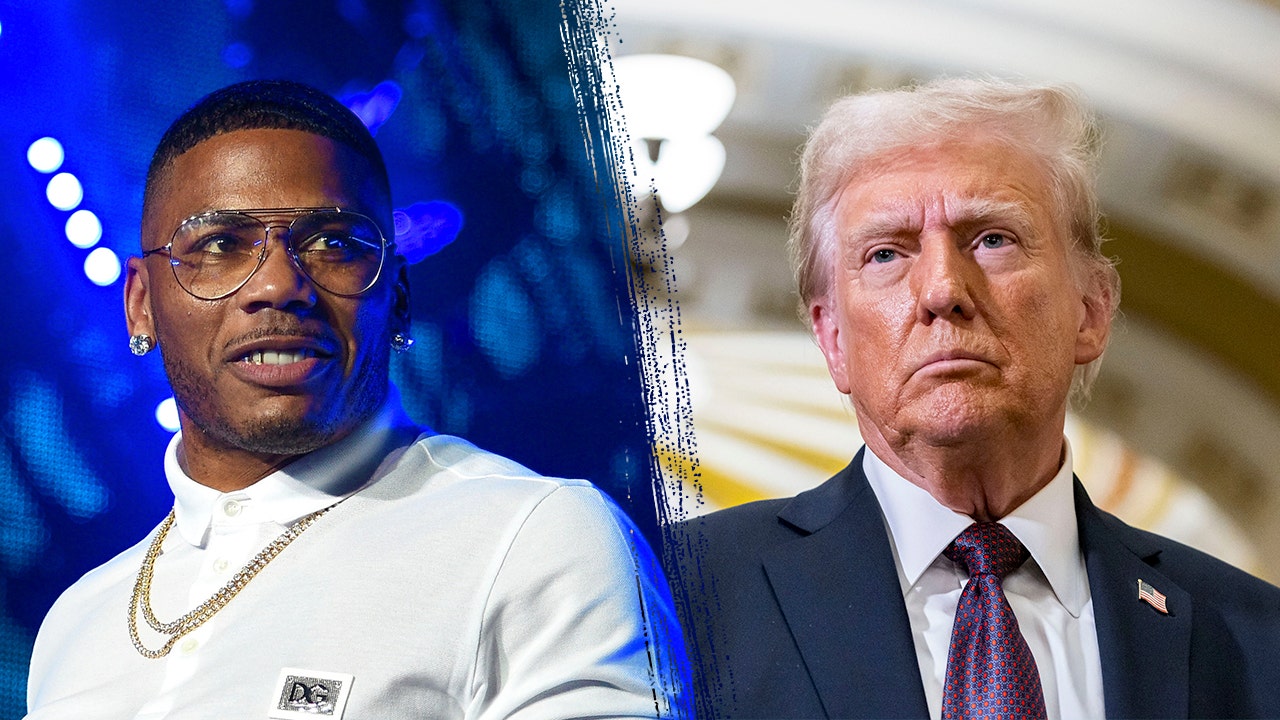In 2011, a Pepsi commercial featuring football legend David Beckham made waves across the internet, captivating millions of viewers with its seemingly impossible display of skill.
Set against the picturesque backdrop of a California beach, the video depicted Beckham, barefoot and relaxed, sipping a Diet Pepsi before nonchalantly kicking three footballs into three distant trash cans with unerring precision.
Freedom-Loving Beachwear by Red Beach Nation – Save 10% With Code RVM10
The video quickly went viral, amassing millions of views and sparking widespread debate about its authenticity.
The visual simplicity of the video—Beckham effortlessly kicking the footballs, the trash cans positioned far away on the beach, and the relaxed ambiance—contributed to its appeal. It was a perfect representation of Beckham’s brand: cool, composed, and impossibly talented.
Yet, as impressive as the display was, many viewers and experts questioned whether what they were witnessing was real or a clever use of digital effects.
Image Credit: TikTok, tysvids
As with many viral sensations, the Beckham video quickly became the subject of scrutiny. Skeptics and experts alike began dissecting the footage, pointing out potential inconsistencies and digital anomalies that suggested the video might have been staged.
One of the most frequently cited examples came from the second kick Beckham made. Critics pointed out that part of the ball appeared to momentarily vanish during its flight—a telltale sign, they argued, of digital manipulation.
Furthermore, the lack of reaction from the bystanders in the video raised additional red flags. For such an extraordinary feat, one might expect at least some acknowledgment from those who witnessed it.
Instead, the beachgoers in the background seemed unusually indifferent to Beckham’s remarkable display of accuracy. This curious lack of reaction added fuel to the fire of speculation, leading many to conclude that the scene had been carefully choreographed or enhanced in post-production.

Image Credit: TikTok, tysvids
Digital effects in advertising are nothing new. In an era where nearly every piece of media can be manipulated with precision, it is easy to see why viewers might doubt the authenticity of such a perfect performance.
From touch-ups and edits to entirely CGI-generated scenes, the line between reality and fiction in advertising has become increasingly blurred. The Beckham video, with its apparent impossibilities, fit neatly into this trend.
Despite the widespread skepticism, David Beckham maintained that the shots were real. According to Beckham, the video was the result of hours of practice on the beach, honing his kicks until he could achieve the level of accuracy displayed in the final cut.
“It took a lot of practice,” Beckham claimed in response to the doubts surrounding the video. He emphasized that while the shots were difficult, they were within the realm of possibility for someone with his level of skill and experience.
Beckham’s defense was plausible. After all, he is one of the most technically gifted footballers of his generation, known for his precise free kicks and long-range passes. If anyone could pull off such a stunt, it would be him.
His assertion that the shots were real added an element of intrigue to the debate, as it forced viewers to reconsider their assumptions about what is possible on a football field—or in this case, a beach.

Image Credit: TikTok, tysvids
However, Beckham’s claims did little to quell the ongoing debate. For every fan who believed in the authenticity of the video, there were just as many skeptics who remained unconvinced. The question of whether the video was real or fake became a central part of its allure, driving more people to watch and rewatch the footage in an attempt to discern the truth.
Regardless of its authenticity, the Beckham Pepsi video achieved exactly what it set out to do: it captured the public’s attention and generated massive amounts of buzz. In the world of advertising, especially in the digital age, creating content that goes viral is a major coup.
The Beckham video was a textbook example of how to blend star power, simplicity, and a dash of mystery to create a marketing campaign that people would talk about for years.
The video’s success also highlighted the evolving nature of advertising. Gone are the days when commercials were just about selling a product directly. In today’s media landscape, the most successful ads are those that engage viewers on a deeper level, whether through humor, emotion, or intrigue.
The Beckham video did all three: it showcased Beckham’s skills (or at least the appearance of them), elicited an emotional response from viewers (whether awe or skepticism), and left people talking about it long after it ended.
Moreover, the debate over the video’s authenticity only served to enhance its impact.
By creating a piece of content that was not immediately clear-cut, Pepsi ensured that viewers would engage with the video more deeply, analyzing and discussing it, thus extending its lifespan in the public consciousness.
The David Beckham Pepsi video remains a fascinating case study in the power of viral marketing. Whether real or digitally enhanced, the video succeeded in capturing the imagination of millions, blending skill, speculation, and advertising genius into a memorable piece of content.
It serves as a reminder of how effective marketing can be when it taps into the public’s curiosity and desire for something extraordinary.
In the end, it might not matter whether Beckham’s shots were real or not. What matters is the lasting impression the video left on viewers and its success in creating a moment that people still remember and discuss today. Watch it and decide for yourself …
WATCH THE VIDEO:
@tysvidz Crazy skills In 2011, a Pepsi video featuring David Beckham created quite a buzz online. The video showed Beckham on a California beach, casually kicking three footballs into three separate trash cans placed at a considerable distance. While barefoot and sipping a Diet Pepsi, Beckham’s impeccable accuracy left viewers in awe, garnering millions of views. However, the authenticity of this feat has been widely debated. Many believe the video was staged or enhanced with digital effects, as is common in advertising. Experts and skeptics pointed out inconsistencies and potential digital anomalies in the footage. For instance, during the second kick, part of the ball appears to disappear, suggesting possible editing. Additionally, bystanders in the video showed no reaction to the impressive shots, further raising doubts about its authenticity . Beckham himself maintained that the shots were real, claiming he spent several hours practicing on the beach. Regardless of its authenticity, the video succeeded in capturing public attention and remains a memorable example of viral material . #british #english #uk #ukmemes #britishmemes #memes #ukfinestmemes #greatbritishmemes #funny #britishtv #comedy #hilarious #banter #meme #lol #viral #funnyvideos #funnyvideo #funnymoments #davidbeckham #olympics ♬ original sound – TYSVIDZ
The opinions expressed by contributors and/or content partners are their own and do not necessarily reflect the views of LifeZette. Contact us for guidelines on submitting your own commentary.
Read the full article here







![Karoline Leavitt Previews Trump’s Speech [WATCH] Karoline Leavitt Previews Trump’s Speech [WATCH]](https://www.rvmnews.com/wp-content/uploads/2025/01/2025.01.01-07.27-rvmnews-677597045ebbb.jpg)


